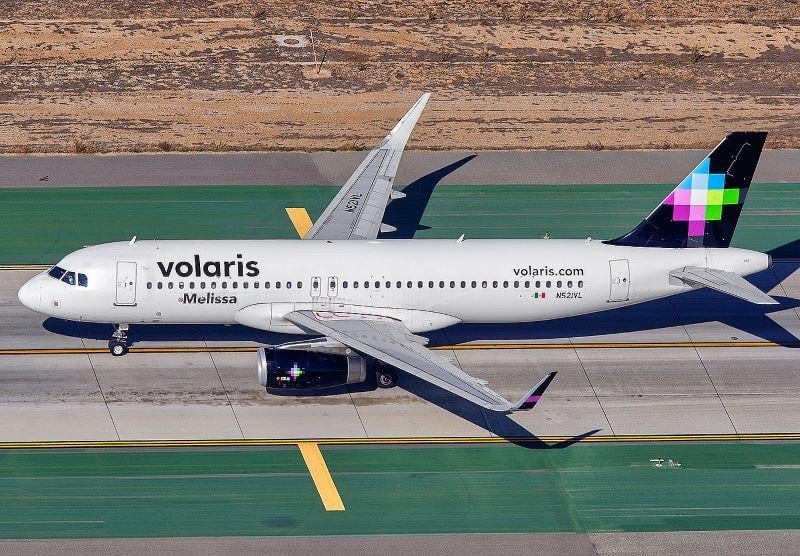Volaris Adding Frequencies To U.S. Routes Following Safety Upgrade

Credit: joepriesaviation.net
Following the recent national safety upgrade, Mexican ULCC Volaris will add frequencies to existing U.S. markets with “extremely high loads,” rather than adding new destinations. Some of that added capacity will come out of the government-ordered aircraft slot reduction at Mexico City Airport...
Subscription Required
This content requires a subscription to one of the Aviation Week Intelligence Network (AWIN) bundles.
Schedule a demo today to find out how you can access this content and similar content related to your area of the global aviation industry.
Already an AWIN subscriber? Login
Did you know? Aviation Week has won top honors multiple times in the Jesse H. Neal National Business Journalism Awards, the business-to-business media equivalent of the Pulitzer Prizes.





